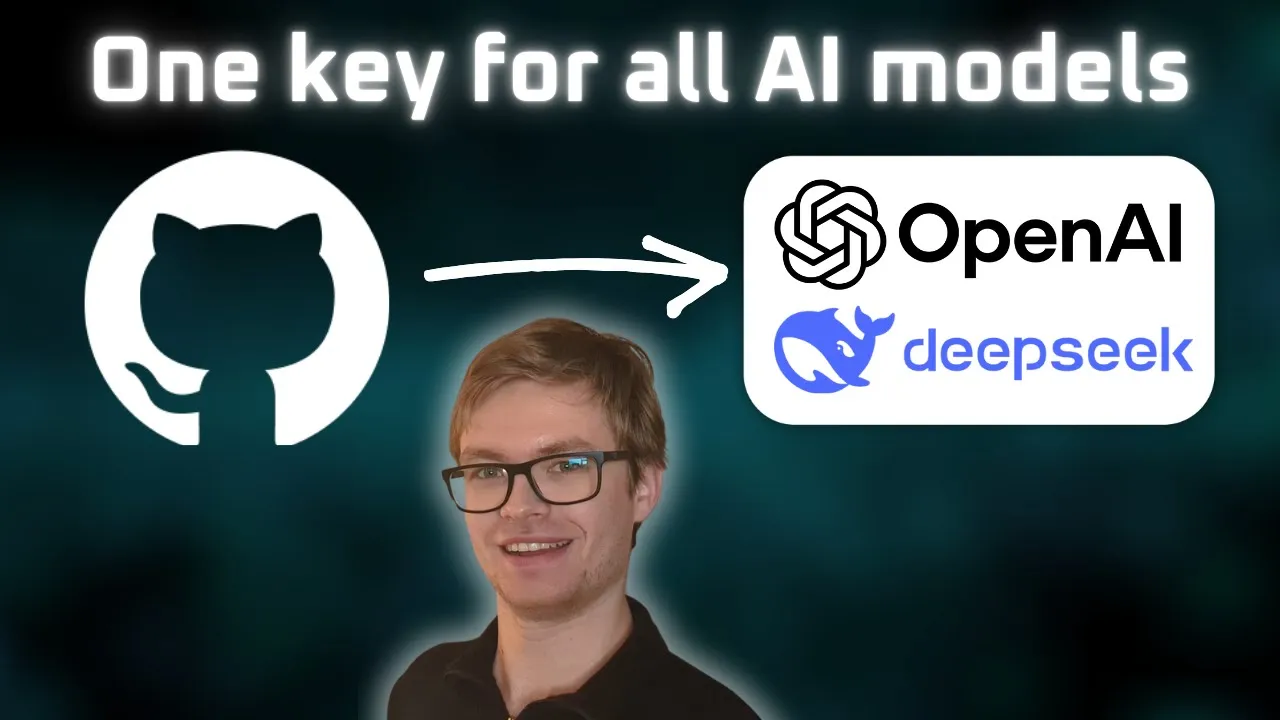How to Debug AI Code Hallucinations
When AI generates code that references non-existent functions, uses imaginary APIs, or creates syntactically correct but logically flawed implementations, you’re dealing with hallucinations. Through implementing numerous production AI systems, I’ve identified clear patterns for debugging these issues and turning unreliable AI output into production-ready code. These debugging skills are essential components of practical AI engineering implementation that professionals need to master.
Understanding Why AI Hallucinates Code
AI code hallucinations occur when models generate plausible-looking but incorrect implementations:
Common Hallucination Patterns
During development of production systems, these patterns emerge consistently:
- Invented API methods: AI creates functions that don’t exist in the library version you’re using
- Mixed framework syntax: Combining patterns from different frameworks into invalid code
- Outdated patterns: Using deprecated methods or obsolete implementation approaches
- Logical inconsistencies: Code that compiles but violates fundamental business logic
Understanding these patterns helps you identify hallucinations before they reach production.
Root Causes of Code Hallucinations
Three primary factors drive AI code generation errors:
- Training data limitations: Models trained on diverse codebases mix incompatible patterns
- Context confusion: Insufficient or incorrect context leads to inappropriate implementations
- Version misalignment: AI defaults to patterns from different library versions
- Probabilistic generation: Statistical generation sometimes produces nonsensical combinations
Recognizing these causes informs your debugging strategy.
Systematic Debugging Approach
When I transitioned from traditional development to AI-augmented engineering, I developed this systematic approach:
1. Validation Phase
Before accepting any AI-generated code:
- Syntax verification: Run immediate compilation checks to catch obvious errors
- API validation: Verify every function call exists in your actual dependencies
- Type checking: Ensure type consistency across the generated implementation
- Logic review: Manually trace through the code flow for business logic violations
This initial validation catches most hallucinations before they cause problems.
2. Context Refinement
Improving input context dramatically reduces hallucinations:
- Version specification: Always specify exact library and framework versions
- Clear constraints: Define explicit boundaries for what the code should accomplish
- Example patterns: Provide working code samples from your codebase
- Error feedback loops: Share compilation errors to guide corrections
Better context leads to more accurate initial generation.
3. Incremental Testing
Test AI-generated code progressively:
- Unit test creation: Generate tests alongside implementation code
- Isolated execution: Run code in sandboxed environments first
- Progressive integration: Add generated code to existing systems gradually
- Performance validation: Verify the code meets production performance requirements
This approach prevents hallucinated code from affecting stable systems.
Prevention Strategies
Through building AI solutions at scale, these prevention techniques prove most effective:
Structured Prompting
Design prompts that minimize hallucination potential:
- Explicit requirements: Define exact input/output specifications
- Technology stack clarity: List all frameworks, libraries, and versions upfront
- Negative constraints: Specify what NOT to use or implement
- Output format definition: Request specific code structure and patterns
Structured prompts guide AI toward valid implementations.
Reference Documentation Integration
Provide AI with accurate reference materials:
- Current API documentation: Include relevant documentation snippets in context
- Working code examples: Share proven implementations from your codebase
- Error patterns: Document common mistakes to avoid
- Style guidelines: Define coding standards and patterns to follow
This grounds AI generation in actual, working patterns, similar to the structured approaches used in advanced prompt engineering for production systems.
Validation Checkpoints
Implement systematic validation throughout development:
- Automated linting: Configure linters to catch AI-specific error patterns
- Continuous integration checks: Run comprehensive tests on every generation
- Peer review processes: Have experienced developers review AI-generated code
- Production monitoring: Track performance of AI-generated code in production
Multiple validation layers catch hallucinations at different stages.
Recovery Techniques
When hallucinations occur despite prevention:
Error Pattern Analysis
Identify recurring hallucination types:
- Track common mistakes: Document which patterns AI consistently gets wrong
- Build correction templates: Create standard fixes for frequent errors
- Develop validation rules: Automate detection of known problematic patterns
- Share team knowledge: Distribute debugging insights across your organization
Pattern recognition accelerates debugging cycles.
Iterative Refinement
Fix hallucinations through targeted iteration:
- Specific error feedback: Provide exact error messages back to AI
- Incremental corrections: Fix one issue at a time rather than regenerating entirely
- Context enrichment: Add missing information that caused the hallucination
- Alternative approaches: Request different implementation strategies
This methodical approach yields working code efficiently.
Production-Ready Debugging Workflow
Companies urgently need professionals who can reliably debug AI-generated code. This workflow ensures quality:
- Generate initial implementation with comprehensive context
- Run immediate validation checks for obvious hallucinations
- Execute in isolation to verify basic functionality
- Review business logic alignment with requirements
- Integrate incrementally into existing systems
- Monitor production behavior for subtle issues
This systematic approach transforms unreliable AI output into dependable production code, employing the same rigorous testing methods essential for deploying AI models in production environments.
Conclusion
Debugging AI code hallucinations requires systematic validation, strategic prevention, and methodical recovery techniques. By understanding why hallucinations occur and implementing structured debugging workflows, you can harness AI’s productivity benefits while maintaining code quality. The key lies not in avoiding AI entirely but in developing robust processes that catch and correct hallucinations before they impact production systems.
To see exactly how to implement these debugging techniques in practice, watch the full video tutorial on YouTube. I demonstrate real debugging scenarios and show you the technical validation methods not covered in this post. If you’re interested in mastering AI implementation engineering, join the AI Engineering community where we share debugging strategies and support your development journey. Turn AI from an unpredictable tool into your most reliable development partner!

